In our previous tutorials, we explored what animation is, and what guidelines you can follow before adding animation to a slide object. PowerPoint allows you to animate any slide object that can be selected on your slide. These include pictures, shapes, text, bulleted lists, SmartArt graphics, charts, etc. Once the animation is applied to your slide object, you can tweak how the objects on your slides appear, move, and disappear.
Follow these steps to animate a shape in PowerPoint 2010 for Windows:
- Create a new presentation, and insert a shape. Alternatively, open any existing presentation and select an unanimated slide object. We selected a star shape, as shown in Figure 1, below. With the shape selected, click the Animations tab of the Ribbon, as shown highlighted in red within Figure 1.
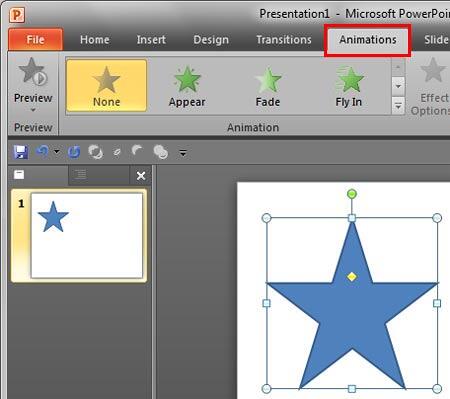
Figure 1: Animations tab of the Ribbon - Within the Animations tab, click the Add Animation button, as shown highlighted in red within Figure 2, below.
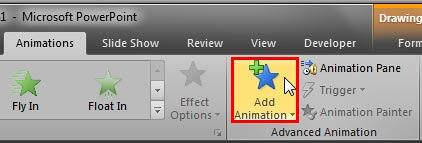
Figure 2: Add Animation button - Doing so opens the Add Animation gallery, as shown in Figure 3, below. Within this gallery, you'll find four animation types: Entrance, Emphasis, Exit, and Motion Paths. If you cannot see all animations, especially the Motion Path animation types, then scroll down to see them all.
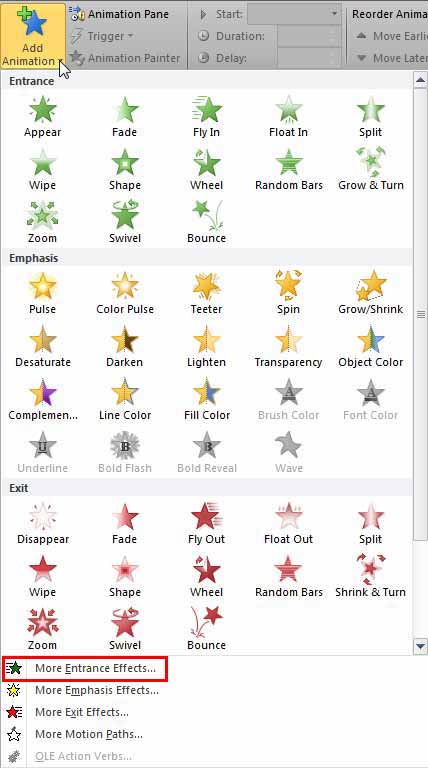
Figure 3: Add Animation gallery - Within the Add Animation drop-down gallery, hover your mouse cursor over any of the animation effect thumbnails to view a live preview of the animation to the selected shape. For this tutorial, we chose the Shape effect, within the Entrance animation type, as shown highlighted in red within Figure 4, below. Click the animation effect thumbnail to apply the animation to the selected shape.
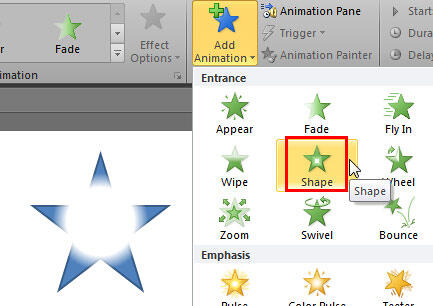
Figure 4: Shape animation effect selected Turn Off Animation Preview
- Don't like this automatic preview feature? Turn it off, as explained in our Turn Off Animation Preview page.
- If you want to explore more Entrance animation effects, select the More Entrance Effects option within the Add Animation gallery, as shown highlighted in red within Figure 3, previously on this page.
- This step launches the Add Entrance Effect dialog box as shown in Figure 5, below. Within this dialog box, the Entrance animation effects are grouped into four different categories named Basic, Subtle, Moderate, and Exciting. Select any one of these Entrance animation effects and click the OK button to apply it to the selected shape. We selected the Wheel effect, from the Basic category, as shown highlighted in red within Figure 5.
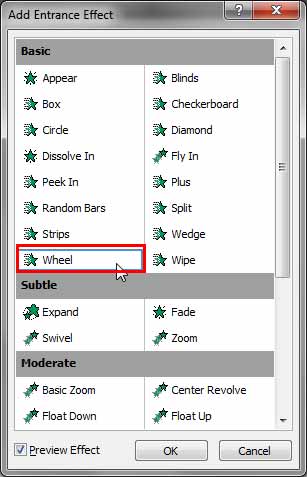
Figure 5: Add Entrance Effect dialog box Live Preview
- To view a live preview of the animation effect, the Preview Effect checkbox within the Add Entrance Effect dialog box should be selected, as shown in Figure 5, above.
- If the Add Entrance Effect dialog box overlaps the actual animated object, you will see no live preview. Thus, it is a good idea to place the dialog box in a position that is a little offset from the animated slide object on the slide.
- You can add animation types other than Entrance in the same way. Choose the relevant animation effect for Emphasis, Exit, and Motion Path animation.
More Animations on a Single Slide
- If your slide has more than one slide object, you can add animation effects to all of them using the same process. Remember that any animation added first will play first, and any animations added thereafter will play in the same sequence as you added them. Yes, you can change this sequence as explained in our Build and Sequence Animations in PowerPoint 2013 and 2010 for Windows tutorial.
Now that you have added an animation to a slide object, you can control more animation properties like event and speed.








